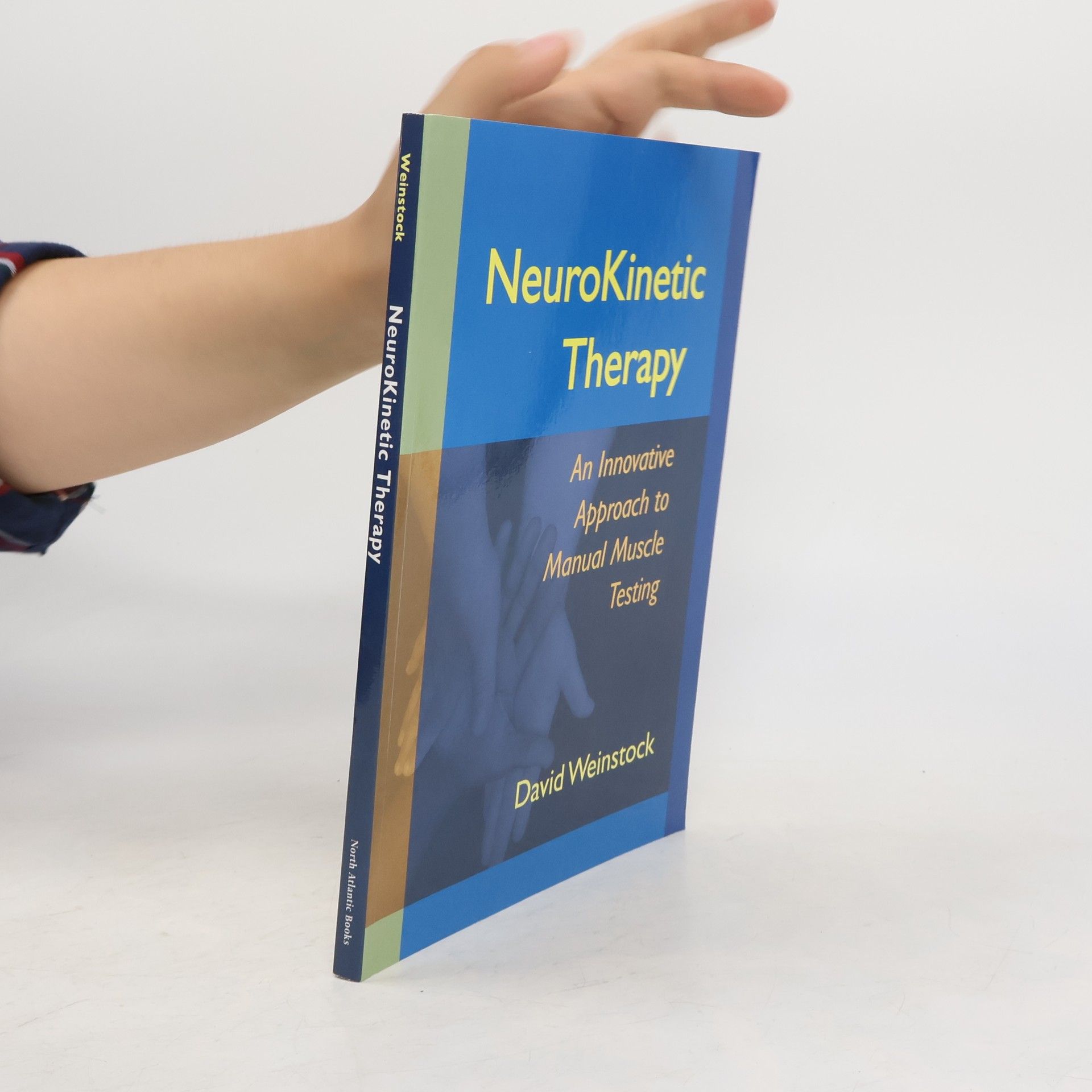NeuroKinetic Therapy is based on the premise that when an injury has occurred, certain muscles shut down or become inhibited, forcing other muscles to become overworked. This compensation pattern can create pain or tightness. By applying light pressure that the client then resists, the practitioner can evaluate the strength or weakness of each muscle, revealing the sources of injury and retraining the client’s body to remove the compensation patterns—reprogramming the body at the neural level.This easy-to-follow practitioner’s manual presents a series of muscle tests specially designed to uncover and resolve compensation patterns in the body. Author David Weinstock begins by explaining how this approach stimulates the body and mind to resolve pain. Organized anatomically, each section of the book includes clear photographs demonstrating correct positioning of the muscle accompanied by concise explanations and instructions. Labeled anatomical illustrations appear at the end of each section showing the relationships between the muscles and muscle groups. This essential resource is especially useful for physical therapists, chiropractors, orthopedists, and massage therapists looking for new ways to treat underlying causes of pain.
David Weinstock Knihy


Schluss mit ungenügend!
Wie ich vom schlechten Schüler zum 1,0-Abiturienten wurde - und wie du das auch schaffst
»Mitten im heißen Sommer 2012 saß ich an meinem Schreibtisch und beschloss, dass jetzt Schluss war mit Schulversagen. Auf dem Blatt Papier, das vor mir lag, notierte ich in Großbuchstaben mein Ziel: ABITURNOTE 1,0.« David Weinstock, der bis zu diesem Moment jedes Jahr um seine Versetzung fürchten musste, hat dieses Ziel tatsächlich erreicht und dabei erkannt: Gute Noten sind kein Hexenwerk und haben nur wenig mit Pauken zu tun. Viel wichtiger ist es, zu kapieren, wie der Schulbetrieb funktioniert, und dieses Wissen strategisch zu nutzen. Leicht verständlich erklärt David Weinstock, wie man mündlich in allen Fächern sichtbar der beste Schüler wird und es gleichzeitig in Fächern wie Mathe und Deutsch auch schriftlich auf eine 1+ bringen kann. Wer seine Noten verbessern will, kommt an diesem Buch nicht vorbei!